Welcome to Matrix Education
To ensure we are showing you the most relevant content, please select your location below.
Select a year to see courses
Learn online or on-campus during the term or school holidays
Learn online or on-campus during the term or school holidays
Learn online or on-campus during the term or school holidays
Learn online or on-campus during the term or school holidays
Learn online or on-campus during the term or school holidays
Learn online or on-campus during the term or school holidays
Learn online or on-campus during the term or school holidays
Get HSC Trial exam ready in just a week
Get HSC exam ready in just a week
Select a year to see available courses
Science guides to help you get ahead
Science guides to help you get ahead
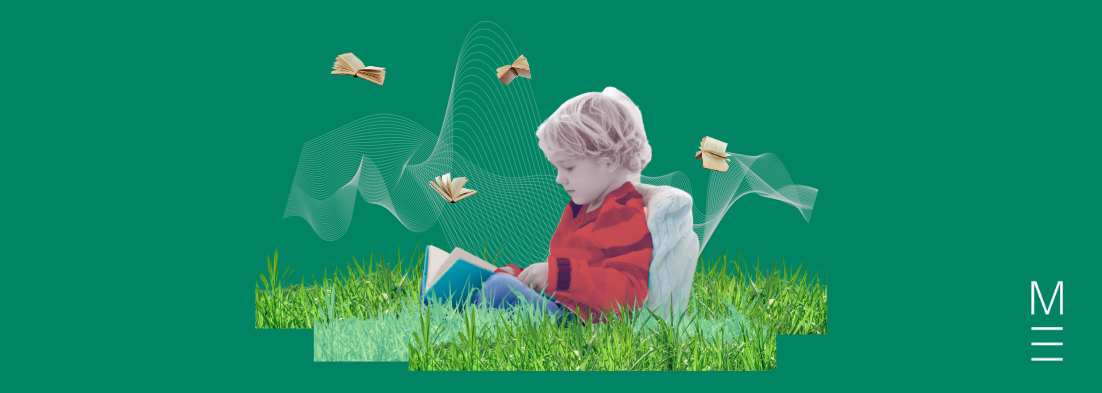
Here, you’ll find the top 10 books for Year 5 and 6 students (or kids aged 10 – 11). At this stage in your child’s reading, picture-based books like graphic novels still play an important role, so don’t underestimate them! That said, they should be becoming more familiar with the novel form, so we’ve collected a list of the very best.
Each title has been hand-selected based on three criteria: its enjoyment/entertainment value, its educational/moral content, and finally, its capacity to develop your child’s English literacy.
So, if you’re looking to support your child’s love of reading and the development of their academic English, you’re in the right place. Now, without further ado, take a look at our selection of the best books for Year 5 and 6 students.
Track your child's reading progress. Fill out your details below to get this resource emailed to you. "*" indicates required fields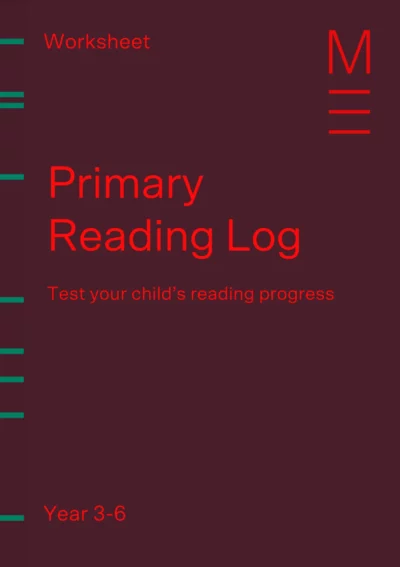
Free Primary Reading Log

Free Primary Reading Log
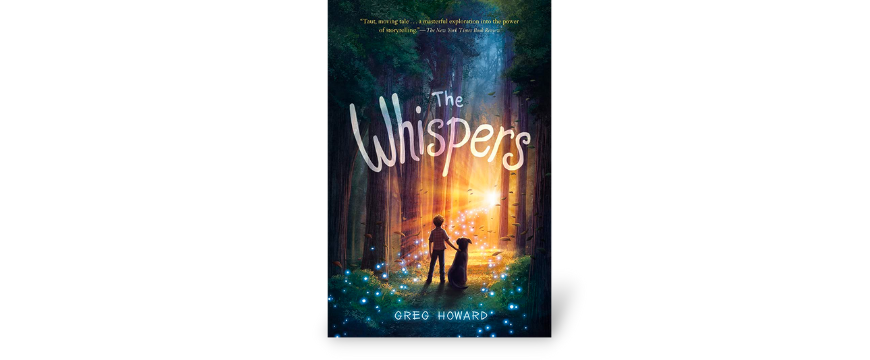
It has been four months since eleven-year-old Riley’s mother disappeared, and the police have nothing. Nothing, that is, but incompetence. Oh, and the same three questions for Riley, who in all likelihood remains their number one suspect. Grief-stricken, resented by his father and in the midst of an unrequited crush, Riley is lost in more ways than one.
That is, until he remembers his mother’s favourite story, a story about enigmatic creatures that fill the forest at dusk, whispering truths and granting wishes to those who offer them tribute. Could they be the key to finding his mother, or at the very least ending his bedwetting? Could they make his father see him as something other than a burden, or maybe even get Dylan to notice him? Well, one thing is certain: he will have to venture deep into the woods to find out.
This stirring mystery novel is, to quote The New York Times, “a masterful exploration”, one of loss, self-acceptance, and the weight of conformity. Much like a twisting forest path, Howard’s poignant exploration of grief is windy and often steeped in shadow. However, even as readers’ wet eyes are forced to blink through the pages, Howard never fails to offer a glint of hope and humour.
Riley, the novel’s first person narrator, is masterfully written. His voice is humorous, very relatable and maintains the precise intensity and wry wit that you’d expect from a disgruntled fifth-grader. Even so, Howard does a brilliant job of capturing the young boy’s emotionality. Riley is perceptive and empathetic, the perfect conduit for exploring issues of heartbreak and self-acceptance.
Like Riley, students at this age are constantly inundated with new emotions. Where you as a caregiver might once have been able to offer stable ground, as your child develops, they will naturally begin to value their peer friendships more. They will venture out into the world, where love and loss will hit like tidal waves, and where fights with friends will feel like earthquakes. Suddenly, the ground beneath them won’t feel so stable anymore. Not to mention it is on this ground that children are expected to build the (hopefully solid) foundations of their identity and self-worth.
The Whispers isn’t just a story. It is a lesson in emotional-intelligence. It is an exploration of the storm of heartbreak and hope that we call adolescence. It is a reminder to all children of the value of resilience and self-compassion – of how to brave the feelings that are bigger than we are. Howard navigates this storm “with sensitivity and skill” (The Washington Post), so that young readers don’t have to brave it all alone. A literary masterpiece with a little sprinkle of magic, The Whispers is simply a must read for any child aged ten to thirteen.
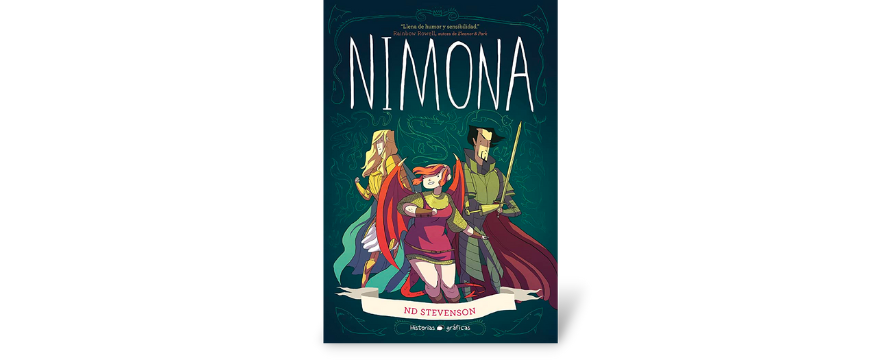
Though at first glance Nimona appears an innocent little girl, don’t be fooled by her lovable grin, drab earthy garments, or tiny stature. Our mischievous heroine is actually a powerful shapeshifter, and she’s on a path of destruction. However, when Nimona becomes sidekick to the ebony-cloaked Lord Ballister Blackheart, she quickly learns that good and evil aren’t so black and white.
Though the Institution has dubbed this pale, slender man the deadliest supervillain of the realm, Blackheart quickly frustrates Nimona with his… kindness. He is careful, has a strict moral code, and has enormous respect for human life. Not only that, but Blackheart’s nemesis: the valient Ambrosius Goldenloin, supreme hero of the Institution and protector of the realm, is…well… horrible. What callousness and egotism will Nimona discover lurking beneath his shiny gold armour? Moreover, is Nimona’s penchant for violence truly just the outworkings of an evil heart, or the outcry of one that is bruised and neglected?
Overall, Nimona is a witty, intelligently composed graphic novel about love, loss, prejudice, and found family. Though the pages brim with playful illustrations and banterous dialogue, don’t let the laughter or pretty pictures fool you. The heart of his story is infinitely complex. Not only will it augment your child’s knowledge of visual literacy, but it is also masterclass in characterisation (a very important visual and literary technique). Stevenson will no doubt get your child thinking critically, and asking some pretty big questions, like:
Ultimately, Stevenson’s stellar writing and artistry offer a fresh, insightful (and somehow, still hilarious) perspective on the age-old adage: “hurt people hurt people”. Perfect for visual learners, fantasy/sci fi lovers, and anyone who enjoys a fun, heartfelt story.
It’s also worth mentioning that if your child is a gifted illustrator, this might be the book for them. ND Stevenson actually got his start posting digital drawings of Nimona on Tumblr (a popular social media blog site). Two years later, Harper Collins would publish his work in the form of a full-length graphic novel. Today, Stevenson is a professional cartoonist, animator and an executive producer for Netflix. Talk about an inspiration for all the exercise-book doodlers out there!
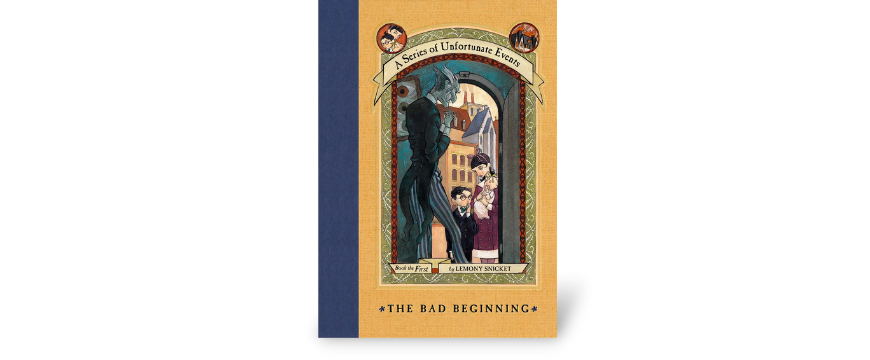
A Series of Unfortunate Events is perhaps the most widely adapted series to feature on our reading list. But, long before the 2017 Netflix series or the 2004 Hollywood film, Handler’s commanding story could only be found within his thirteen children’s novels. It was there that readers and producers alike first fell in love with the orphaned Baudelaire children.
So, without further ado, let me introduce them!
First, there is fourteen-year-old Violet, an inquisitive young girl and promising inventor.
Next, there is her brother Klaus, who has spent the better part of his twelve years on earth buried in books.
And finally, we have Sunny, a teething baby who’s four buck teeth will, without fail, find something peculiar to gnaw on.
When they are placed in the custody of Count Olaf, a cruel man seeking to steal their parents’ inheritance, the children must endure his chores, decipher his strange plots, and use their unique skills to outsmart their new legal guardian.
Authored under the pen name Lemony Snicket, The Bad Beginning and subsequent novels are written from the perspective of the mysterious Snicket himself. Infamous for his wry and shrewd narratorial voice, Snicket has been tasked with investigating the now missing Baudelaire children.
As he pieces together their biography, Snicket’s captivating use of suspense and narrative withholding will convince your child to turn page after page. Meanwhile, passing allusions will leave readers guessing as to who Lemony Snicket actually is, and how he may have come to learn so much about the Baudelaire children.
Did your child enjoy Charlie Small, or do they ask more questions than an investigative journalist? Then you’ve come to the right place. Rich with secret societies, morse code, devious plots, and gothic settings, this children’s novel is perfect for fans of Cluedo, Scooby Doo, or anyone who enjoys a good mystery.
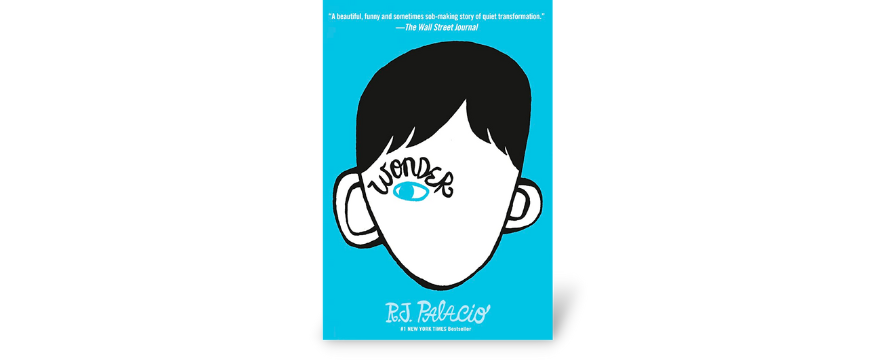
August “Auggie” Pullman is a ten-year-old boy with Treacher Collins syndrome, a rare genetic disorder that causes facial deformities. Despite having endured countless reconstructive surgeries, Auggie’s appearance remains abnormal. His mother fears he will be bullied, so naturally, Auggie has been homeschooled his entire life. That is, until his parents enrol him in a “normal” school for 5th grade.
Though he is teased and ridiculed by his peers (particularly “cool kid” Julian, who is careful to time his attacks for when teachers aren’t watching), Auggie finds true friends in his classmates Summer and Jack. But when he and his friends are invited to a halloween party, things quickly turn awry.
Cloaked beneath a Ghostface mask, Auggie overhears Jack, his very best friend, making fun of him with Julian, his harshest bully. When Jack is later confronted by Summer, he is filled with shame. How could he have betrayed their closest friend, all in a bid to fit in with the popular kids?
As Jack musters the courage to stand up for Auggie, even if it means becoming an outcast himself, Palacio reminds us that peer pressure is at times a force stronger than gravity.
Meanwhile, Auggie is confronted with his own personal struggles. He has to say goodbye to his dying dog, his sister resents him for hogging his parents’ attention, and bullies remain committed to making his life miserable. Palacio’s novel is powerful, heartrending, and brave. Physical deformity is a topic caregivers and teachers all too often neglect, fearing “political correctness”, or their own ignorance. While it can feel like second nature to shelter children from the realities of genetic disorders, this is bad idea. Without real exposure, children are socialised to see malformation as alien, when it is in fact all too human.
Palacio herself learnt this lesson the hard way; the inspiration for her novel actually came when her son started crying at a girl with a facial deformity. Suffice to say, Palacio had no idea how to respond.
But Wonder is not just a story about physical deformity. First and foremost, it is a story about Auggie; an intelligent, sensitive, and brave fifth grader, who, like any other ten-year-old, just wants to fit in. While Auggie’s Treacher Collins syndrome presents unique challenges, any young reader will find his experiences of alienation tugging at their own heart. A beautiful and potent lesson in empathy and compassion, Wonder is quite simply a must read for anyone aged eight to twelve.
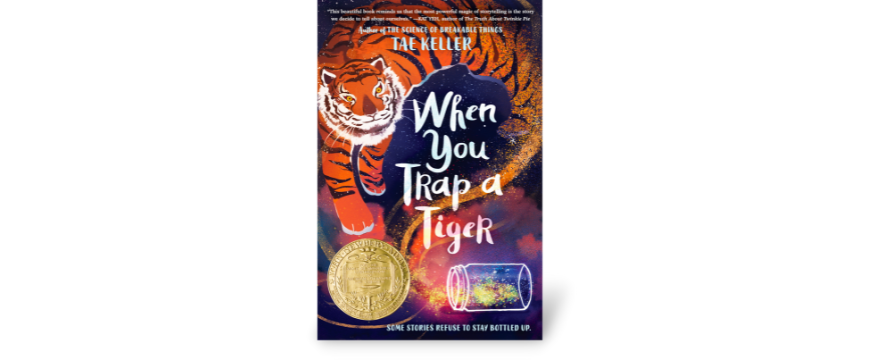
Sixth-grader Lily Reeves is the only one who saw the tiger lurking in the middle of the road, which the rain itself seemed to avoid. When she tells her halmoni (or grandmother) about it, the older woman reveals that the tiger was indeed real, and has returned to claim something she herself once stole.
When Halmoni’s health quickly deteriorates and she is eventually diagnosed with brain cancer, the tiger makes Lily an offer: return what was stolen, and your grandmother will be restored. With the help of her sister and her friend Ricky, can Lily untangle Halmoni’s web of secrets and find the courage to face the tiger?
This tragic yet uplifting novel is a beautiful exploration of Korean folklore, loss and the power of oral storytelling. Keller explores the hardships that come with the death of a loved-one with delicacy, while also elucidating different cultural approaches to grief. Though loss is an inevitable part of life, Keller does a masterful job of reminding young readers that we can remember, love, and honour those who are no longer with us. A perfect choice for “the invisible kid”, a child dealing with grief, or anyone who appreciates a heart-rending story with a little bit of magic.
Expand your child's vocabulary with this spelling list Fill out your details below to get this resource emailed to you. "*" indicates required fields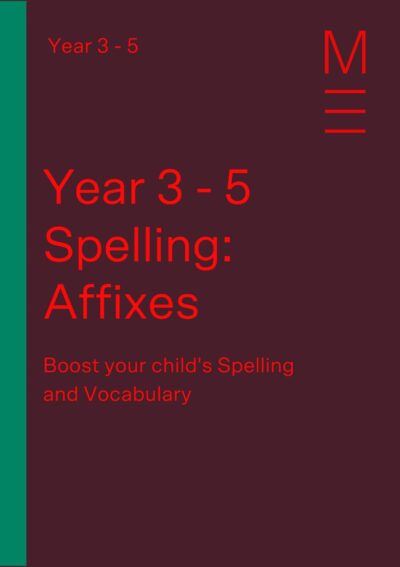
Download your Year 3-5 Spelling List - Affixes!

Download your Year 3-5 Spelling List - Affixes!
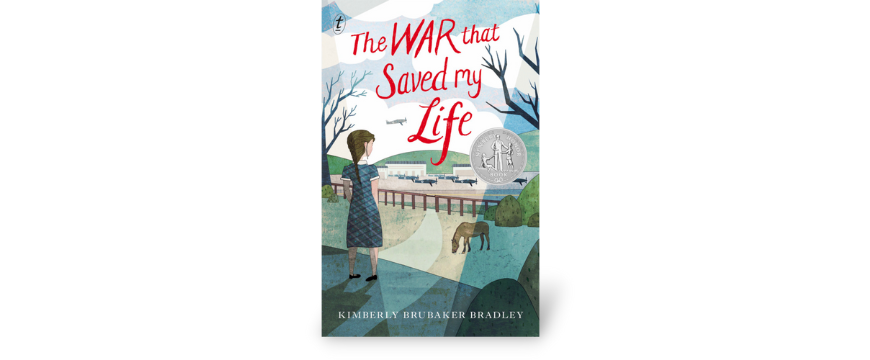
Set in 1939, this sincere work of historical fiction follows Ada Smith, a ten-year-old girl who has never left her London apartment. In fact, her abusive mother won’t allow it. Fearing neighbours will scorn her daughter’s clubfoot, Ada’s mother claims that she is mentally disabled instead.
Worked as a slave, Ada must endure harsh punishments, all while taking care of her six-year-old brother, Jamie, not to mention teaching herself to walk.
When the British government orders the evacuation of children to the countryside on the first September of WW2, Ada and her brother secretly escape their home on foot. Arriving in the coastal village of Kent, the children find themselves in the custody of Susan Smith. Despite Susan’s aversion to fostering children, she allows the kids more freedom than they’ve ever had before. Ada is encouraged to read, write, and befriend other villagers, while Jamie is permitted to adopt a stray cat. Before long, Susan takes a liking to the children, making them clothes and reading to them.
When the children are forced to return to the custody of their mother, Susan has other plans. After all, motherhood is not a blood nor a birthright. It is something that is earned; a lesson no better instantiated than in Susan’s decision to trek across the country (during a national air raid!) in pursuit of her children.
This critically acclaimed novel is affecting, triumphant, and honest. Strangely it doesn’t promise perfection, unconditional love or sublime happy endings, as children’s books often do. Instead, it explores a world at war. A broken world. Our world. One filled to the brim with ugliness, abusive mothers and reluctant foster parents who don’t know how to love.
Nonetheless, Bradley navigates this messiness with incredible sensitivity, and in doing so paints a portrait worth more than a million “happily ever after”s. While the denouement of this novel is indeed happy, the insight and satisfaction that comes with it has to be earned.
This novel is a must read for anyone aged 9-13. For those blessed with an exceptionally happy life, Bradley offers insight and requisitions sympathy for those who have it worse. Conversely, kids who’ve had it tough will find great comfort and beauty in seeing life’s hardships recognised and, ultimately, overcome.
Don’t make waves. Avoid eating in public. Don’t move so fast that your body jiggles. These are the “Fat Girl Rules”, rules Ellie has been following ever since her fifth birthday party. That day, she’d learned that all it took was a big splash in a whale swimsuit to brand you “the big girl” forever.
Between her mother’s constant criticism and the unkind words of bullies and strangers alike, Ellie feels unable to escape her weight. In fact, the only place she feels truly safe is in her family pool. There, Ellie can stretch out like a starfish, taking up as much space as she’d like, without having to feel shame or apologise for her own body. However, with the support of her father and her therapist, not to mention her loving neighbour Catalina, Ellie must learn to “starfish” in the real world.
Fipp’s debut novel is a poignant exploration of what it feels like to be “the fat kid”. Not only that, but it also fills a vital educational niche. Unfortunately, educators often fail to expose young children to ideas relating to body image, fearing pre-emptive exposure will lead to eating disorders, though this is a mistake. The important thing to realise is your child is already being inundated with toxic beauty standards every single day. They are receiving an implicit education in what they should look like every time they look at a screen, or see an underwear commercial plastered on the side of a bus.
They might see Captain America’s six-pack slide across their iPad screen in yet another youtube ad. The flawless, photoshopped skin of a celebrity model will stare back at them from the cover of a Women’s Weekly magazine at the Woolies checkout. Careless playground conversation will measure your child’s worth in chin-up reps or the length of their “thigh gap”. And as they get older, your child’s Instagram and TikTok feeds will overflow with self-starvation tips, intricate skincare routines, and gym selfies. Only, this time, the pictures will be of their peers.
However, Starfish offers children the insight and space to begin challenging these cultural ideals early. Ellie’s journey toward unapologetic self-advocacy is far more than just a cathartic story. It is a carefully considered indictment of diet culture and the fatphobic body standards of the 21st century.
While the educational value of this text is clear, Fipp’s novel is also a bit of a literary jewel. For one, Starfish is a verse-novel. This means that although it follows the narrative structure of a traditional chapter book, the entire story is actually composed of poetry. Astute, tear-jerking, and at times hilarious, each poem is written from Ellie’s perspective as she learns to love herself in a world that doesn’t. An invaluable read for children struggling with their body image, poetry-lovers, and anyone who wants to believe that beauty isn’t just skin deep.
When the Russian Army marches on their home in East Prussia, Liesl vows that she will take care of her siblings. But, when she, Otto, and baby Mia find themselves lost… in a blizzard… in the middle of a warzone, this promise becomes more and more difficult to keep. In this heartrending feat of historical fiction, Australian author Katrina Nannestad explores the lives of three “wolf children”. While Liesl, Otto and Mia may be fictitious, the existence of such children, or “Wolfskinder”, is a largely forgotten fact of history.
As the Russian “Red Army” began claiming vast swaths of East Prussia from the Germans during the end of WW2, families were forced to flee. Despite this, the Nazi’s outlawed civilian evacuation efforts. Such would-be “defectors” were guilty of “Wehrkraftzersetzung”, or the undermining of military morale, and were to be shot on site. This decision would only be repealed a full week after the Soviets commenced their second full-scale invasion of the region.
So what of those who chose to flee sooner? Well, they needed to escape their homes undetected, evade starvation and Soviet capture in the icy wilderness, all while hiding from the prosecutorial eyes of their own government. The result? Many families were torn apart, some estimates suggesting that up to 25,000 orphaned children found themselves braving the forest alone. These were the wolf children.
In We Are Wolves, Nannestad explores war from a uniquely unassuming perspective. The adults in Liesl’s life have long been habituated to the messiness of the world. The ugliness of war, of people, is quotidian to them. And these same adults, for whom injustice is routine, often fail to see the death of a man as anything but ordinary. They fail to acknowledge how pledging one’s undying allegiance to a fascist dictator is not the same as saying grace before supper.
But, what does war look like to a girl who has only ever known love and equity? What insights might come to an innocent child when confronted with ferocity, the kind that only emerges when the human spirit is at its most desperate? What happens when that ferocity becomes her own?
We Are Wolves is a multi-award-winning novel for a reason (and no, it’s not just because the hardcover edition is filled with beautiful illustrations throughout – which it is). In the tradition of Dahl and Bradley, Nannestad acknowledges that children are bright and have an incredible capacity for introspection and critical thought, if only we give them the chance. In this book, your child will be given that chance. The chance to see cruelty and compassion. The chance to see Liesl’s bitter struggle for survival warmed by small acts of human kindness.
Breathtaking, haunting, and humorous, We Are Wolves is a lesson in our own humanity. A reminder of our incredible capacity for love and resilience, but also for war and destruction. It is a reminder that humanity is something to be nurtured, shaped, and, at times, endured. A reminder that it is up to us to choose what our humanity looks like, and that hope is perhaps the bravest choice we can make.
When golden boy Quinton Peters goes missing, his younger sister, thirteen-year-old Amari Peters, is confounded. Why is this not a bigger deal? Quinton was a bright kid, with full scholarships to two top universities; why is his disappearance not all over the news? Why are the police just assuming he died doing something illegal?
After enduring bullying and an unsympathetic school principal (who insists she see a counsellor to get over her loss), Amari discovers something that will change her life forever. Within a ticking briefcase inside her brother’s closet, an invitation lies. It is a form, nominating her to try out for the Bureau of Supernatural Affairs. Could this mysterious organisation hold the key to her brother’s disappearance? Could she even pass the tryouts in the first place?
When Amari arrives at the tryouts and inspects her competition, two things become very clear. The other kids are not only obscenely moneyed, but they’ve known about the supernatural world their entire lives. In fact, they seem to have a bigger problem with Amari than they do with the idea of mermaids being real. Insecure and untrusted, things can’t get much worse for Amari. Or so she thinks. That’s when she learns she is gifted with an “illegal” power, a power that becomes increasingly difficult to avoid using when an evil magician threatens the entire supernatural world.
Can Amari uncover the truth behind her brother’s disappearance, endure being surrounded by enemies, and save the world, all at the same time? Who knows. One thing’s for sure though: if Amari is going to make it through all three rounds of the tryouts, she’s gonna have to get used to the fact that her new roommate is a weredragon pretty quick.
Alston’s middle grade novel is, much like the weredragon, a bit of a hybrid. Within its pages, readers will find fantasy, mystery, adventure, and high-school coming-of-age genres all rolled into one. Standing proud among the likes of Percy Jackson and Harry Potter, this novel offers a fresh take on the age-old premise: what happens when an ordinary child with extraordinary abilities is impelled to save the world?
A dynamic, fast-paced first-person narrative, Amari’s epic saga is infused with tension. Not only will the ever-evolving mystery be sure to keep young readers turning page after page, but it continues over several novels after. A perfect read for children who love a courageous underdog, fantasy, or simply a gripping, action-packed read.
It isn’t until their grandmother Grace’s funeral that orphans Amy and Dan Cahill discover that they are part of the most influential family in the world. And, as they spy the funeral-goers around them, they soon realise it’s an unusually talented family too. The Holt children are strong, athletic, and intimidating, while the Starlings are astute – more of the brainiac type. Nonetheless, Amy and Dan’s distant relatives all have one thing in common:
They have travelled across the globe to attend the reading of Grace’s final will and testament.
For their inheritance, each family member is given a choice. They may claim one million dollars cash and walk away, or accept the first of 39 clues, scattered across the world. While the final treasure at the end of this trail is the secret to the Cahill family’s power, only one victor may claim it.
Though Amy and Dan seriously consider taking the one million, they decide this isn’t what Grace would’ve wanted for them, so they opt for the first clue. However, when they narrowly escape a fire lit by one of their opponents, the children soon realise their relatives are as deadly as they are powerful
Indeed, this will be no ordinary race. Instead, Amy and Dan Cahill’s quest for the 39 clues will be a battle of wits (and sometimes, fists), spanning from remote jungle islands to the Paris catacombs. And, along the way, the children will discover long-buried secrets about their impressive family’s history.
For one, there doesn’t seem to be a big name in world history after the 1500s that doesn’t belong to the Cahill family tree. Lincoln, Galileo, heck, even Amelia Earhart. You name it; they’re a Cahill. And then there’s the secret of the founders. How did the four branches of the Cahill family form, and how did each one acquire its unique talents? Why does the Lucian branch appear to produce the greatest leaders (and spies) of the world, while every famous artist or poet on the planet seems to find their lineage in the Janus branch?
The Maze of Bones is the first book in The 39 Clues series, a collection of children’s mystery novels of global proportions. Literally! Amy and Dan’s adventures take them all over the world, and each puzzle is rich with heart-racing action and clever historical references. Perhaps for this reason, many young readers have credited the series with igniting their passion for international travel and world history.
While it is no surprise that Rick Riordan (author of the best-selling Percy Jackson series) penned the plot for The 39 Clues, the series has a unique secret of its own. Riordan actually only wrote the first book. Each subsequent instalment stars a different author, many of whom also hold a place on the New York Times Bestseller list.
Need more convincing? Well, it just so happens critically acclaimed director Steven Spielberg currently holds the rights to the film adaption of The 39 Clues. That’s gotta be a pretty sure-fire mark of quality.
© Matrix Education and www.matrix.edu.au, 2025. Unauthorised use and/or duplication of this material without express and written permission from this site’s author and/or owner is strictly prohibited. Excerpts and links may be used, provided that full and clear credit is given to Matrix Education and www.matrix.edu.au with appropriate and specific direction to the original content.